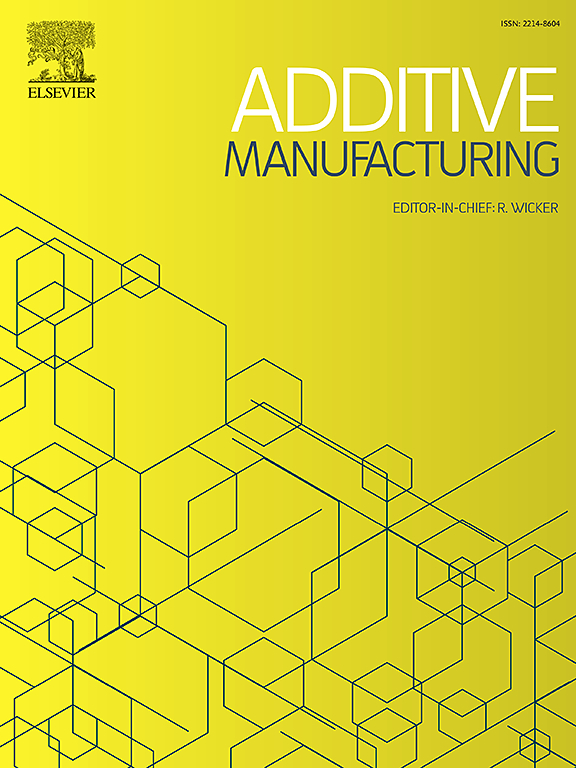Smooth 3D transition cell generation based on latent space arithmetic
IF 10.3
1区 工程技术
Q1 ENGINEERING, MANUFACTURING
引用次数: 0
Abstract
Lattice structures with multiple unit cell types diversify the property space by offering more design freedom, encouraging adaptation of metamaterials in engineering applications. It is essential to ensure structural connectivity and smooth transition among different cell types to avoid pre-mature failure. In this work, we propose a framework based on latent space operations to generate smoothly morphing and fully connected transition cells, addressing the current research gap in realising lattice designs of dissimilar unit cells. Latent embedding – a low-dimensional representation of the original microstructure – is obtained through a variational autoencoder. Different types of triply periodic minimal surface (TPMS) lattice were chosen as the targets to demonstrate the capability of the algorithm in handling complex 3D geometries within a physically restricted transition region. Both qualitative and quantitative evaluations are provided to illustrate the connectivity and geometric similarity of the generated transition. Benchmark comparisons against both analytical and existing machine learning (ML) based solutions indicate the superior efficacy and generality of the proposed framework.
求助全文
约1分钟内获得全文
求助全文
来源期刊

Additive manufacturing
Materials Science-General Materials Science
CiteScore
19.80
自引率
12.70%
发文量
648
审稿时长
35 days
期刊介绍:
Additive Manufacturing stands as a peer-reviewed journal dedicated to delivering high-quality research papers and reviews in the field of additive manufacturing, serving both academia and industry leaders. The journal's objective is to recognize the innovative essence of additive manufacturing and its diverse applications, providing a comprehensive overview of current developments and future prospects.
The transformative potential of additive manufacturing technologies in product design and manufacturing is poised to disrupt traditional approaches. In response to this paradigm shift, a distinctive and comprehensive publication outlet was essential. Additive Manufacturing fulfills this need, offering a platform for engineers, materials scientists, and practitioners across academia and various industries to document and share innovations in these evolving technologies.
 求助内容:
求助内容: 应助结果提醒方式:
应助结果提醒方式:


